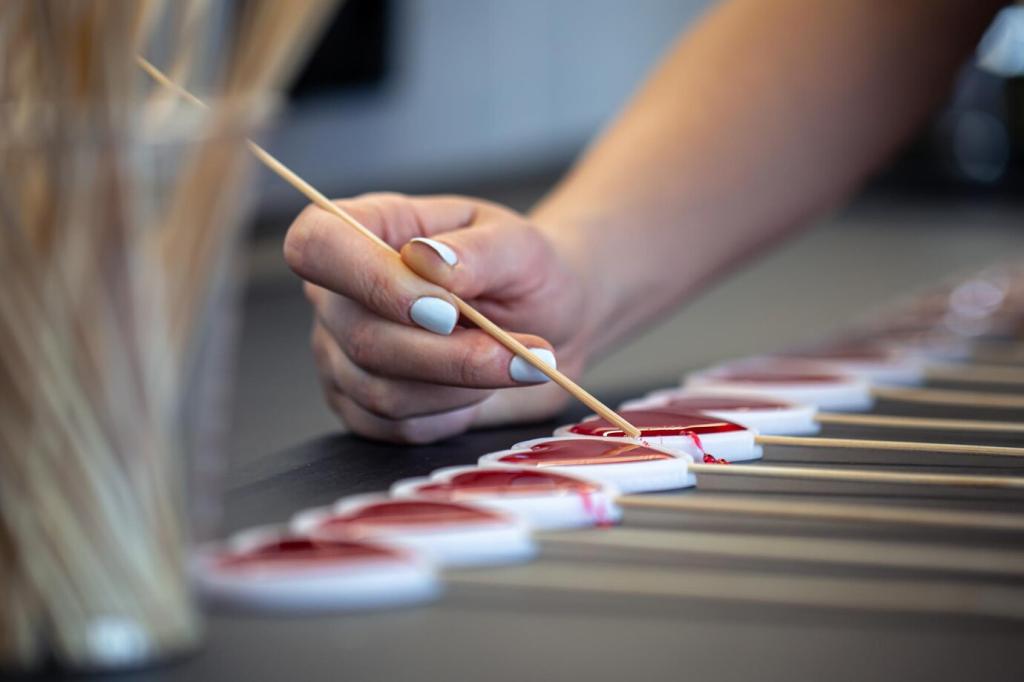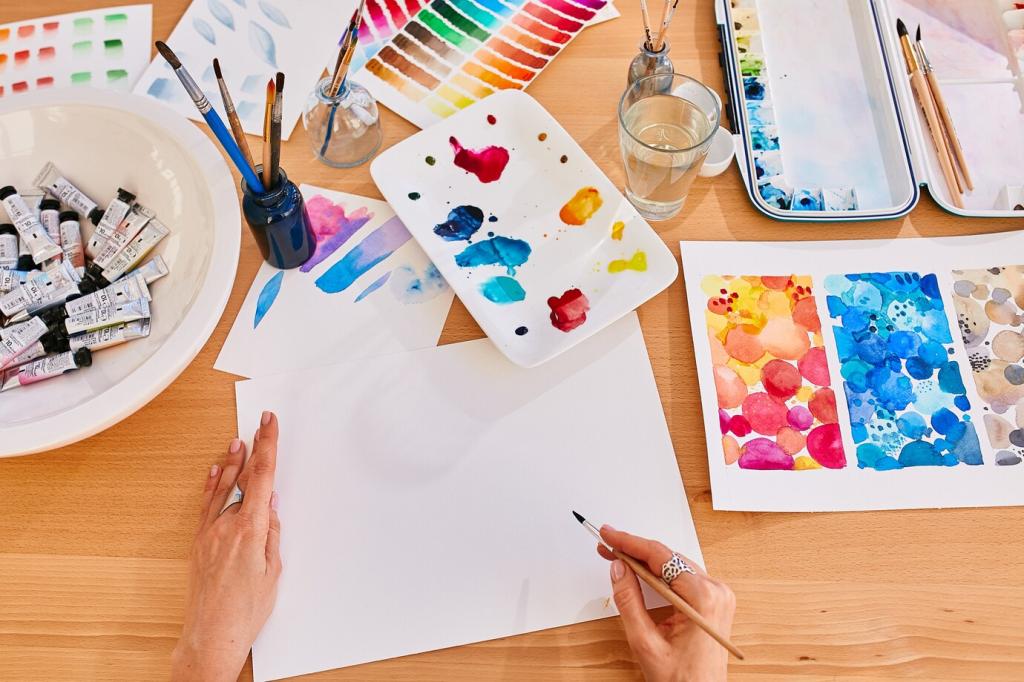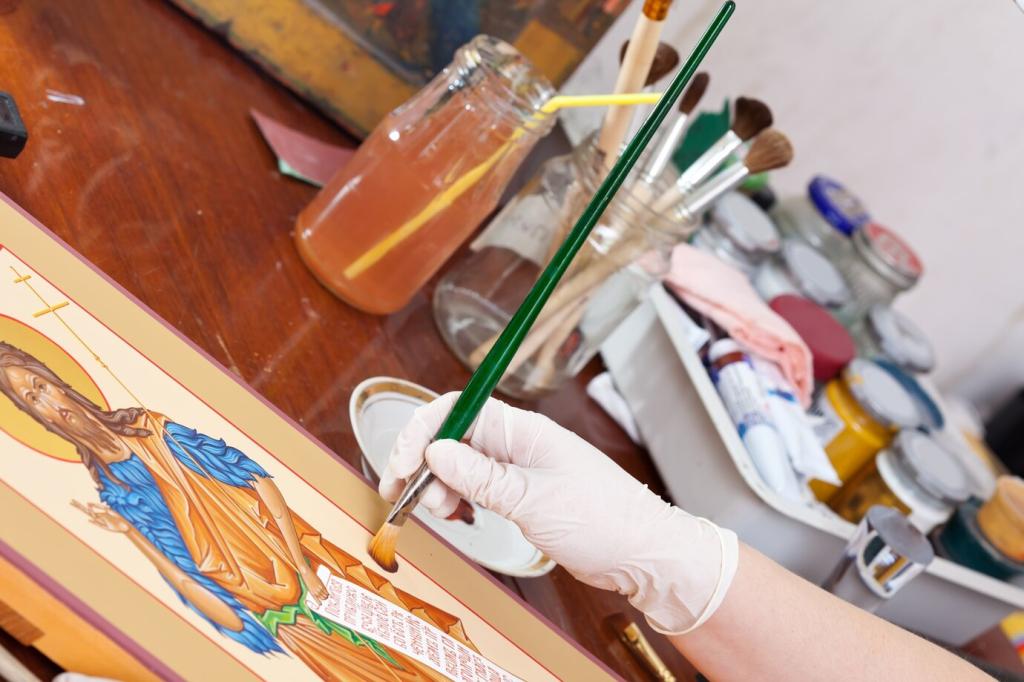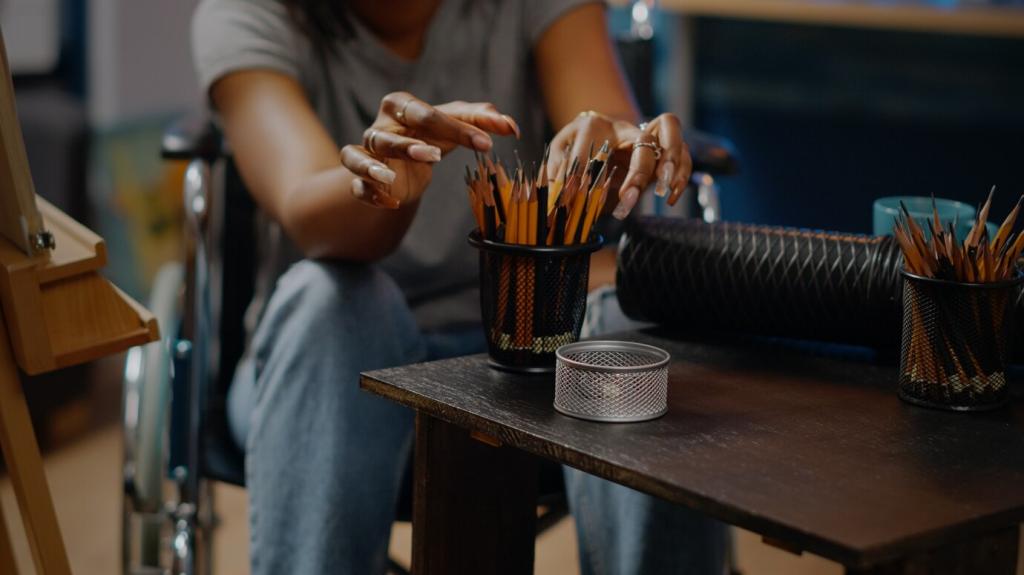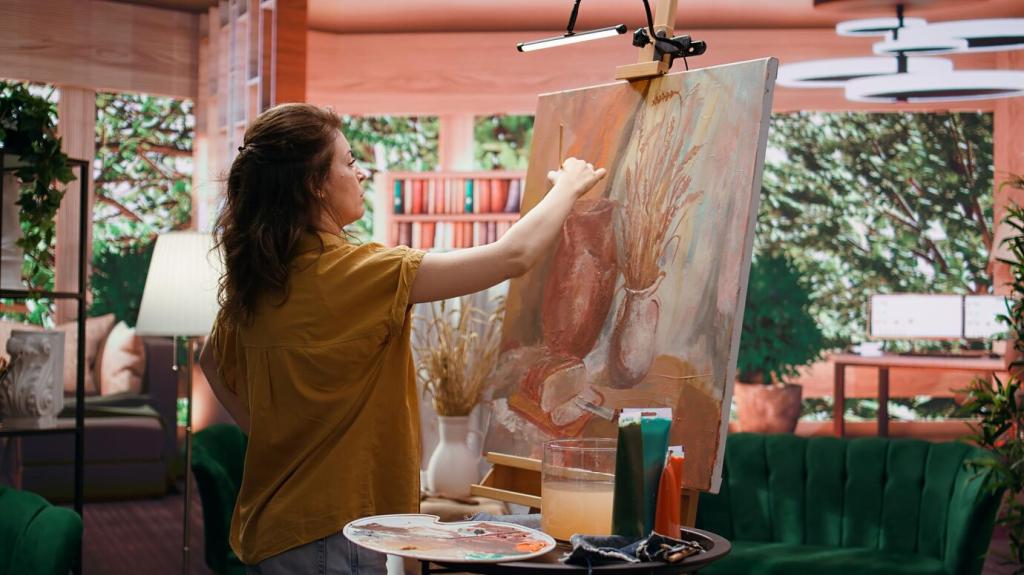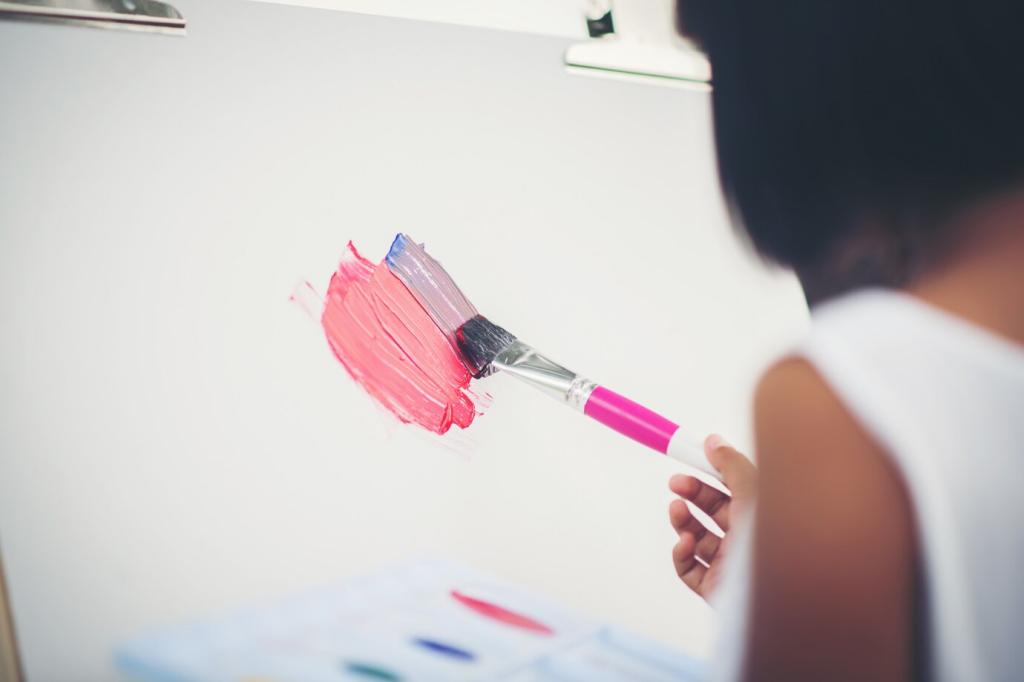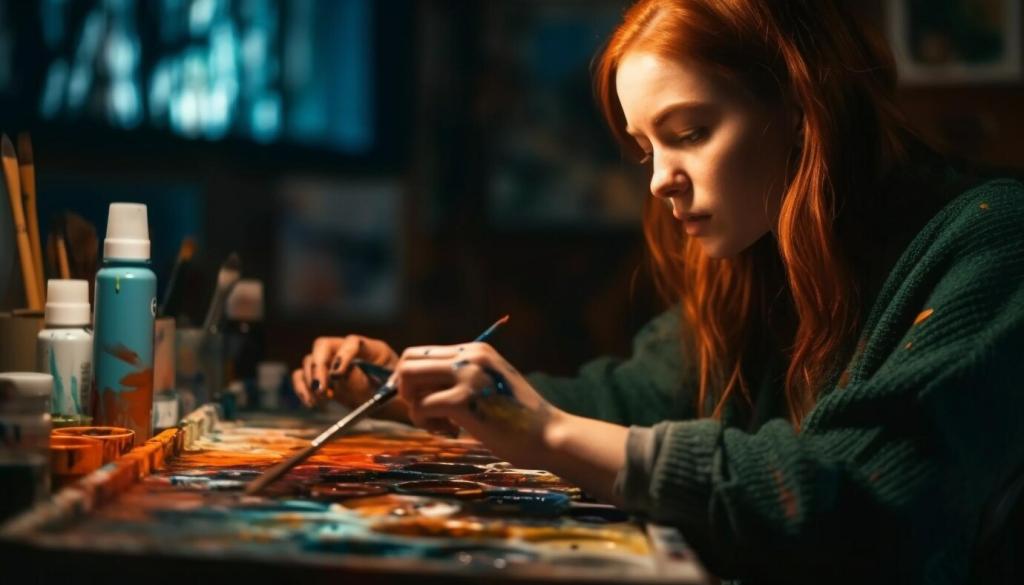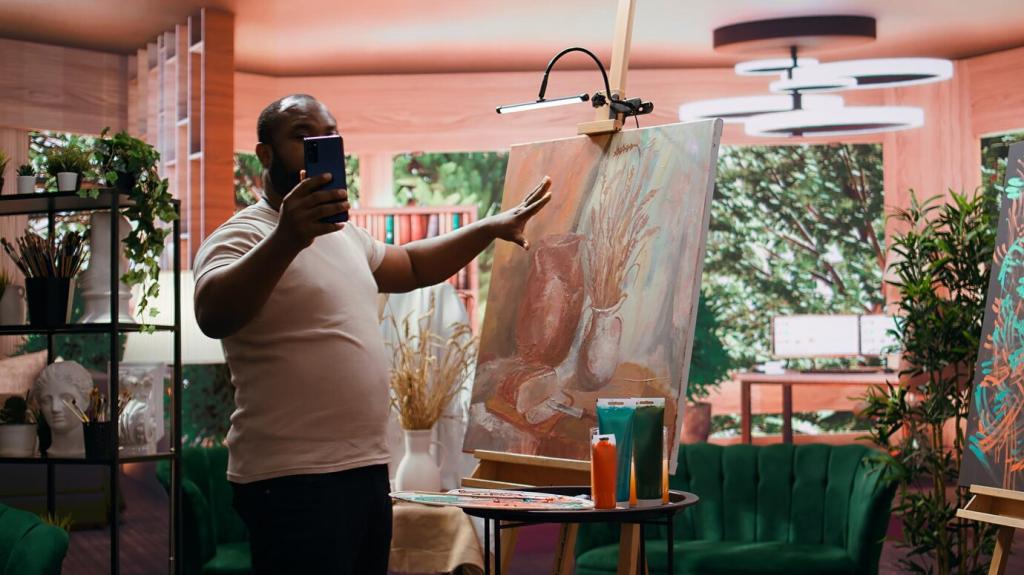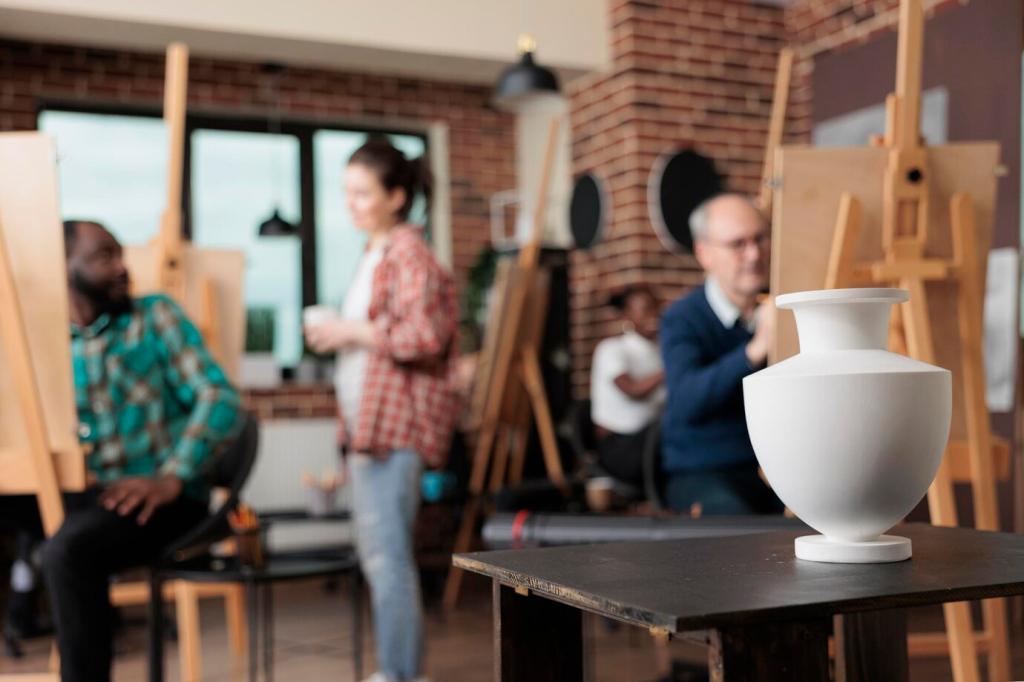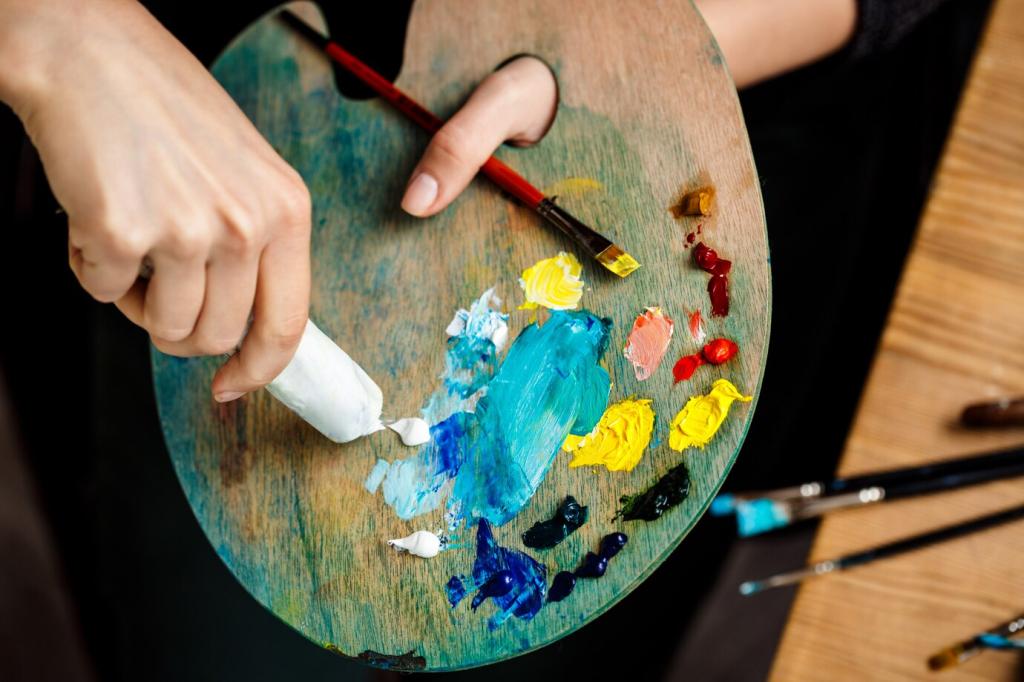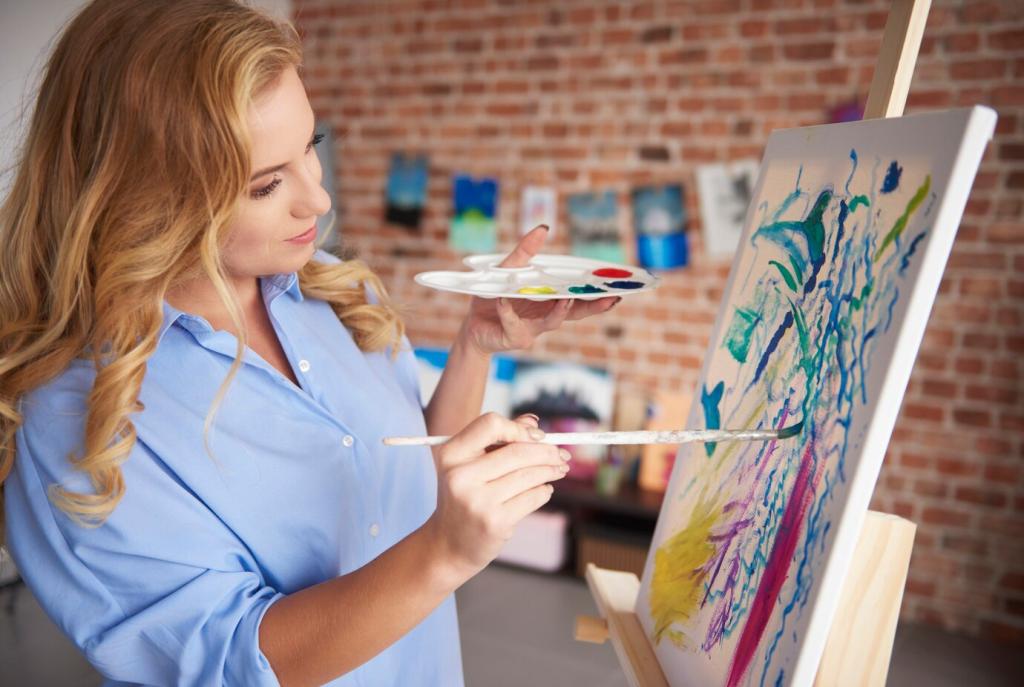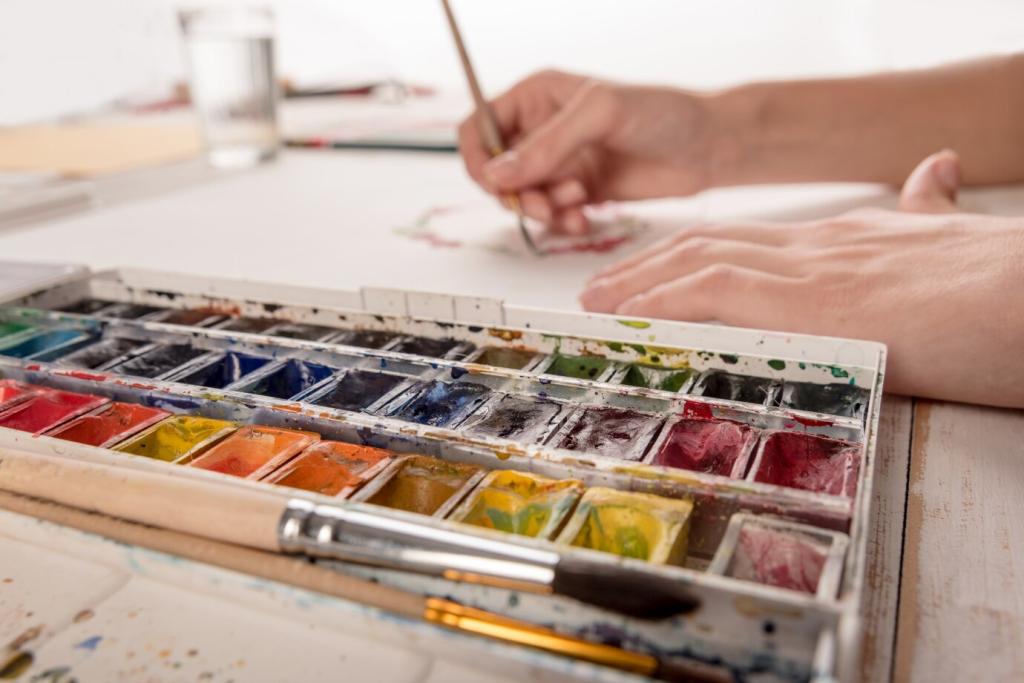Classical Innovations: Illusion, Wax, and Wall
We know Greek panel painters like Apelles through praise, not surviving works. Yet their debates on shading, reflection, and realism seeded techniques later visible in Hellenistic mosaics and Roman wall programs, echoing across centuries.
Classical Innovations: Illusion, Wax, and Wall
From faux marble to theatrical vistas, Pompeian walls staged architecture within architecture. Perspective play, trompe l’oeil, and rich color fields turned dining rooms into imagined courtyards, proving that illusion can domesticate grandeur beautifully.

